A darts match handicap is a crucial element in ensuring fair and competitive play, especially when players of varying skill levels compete. This article will explain how handicaps work, how to calculate them, and how to use them to enhance your darts matches. We’ll also delve into strategies for playing with and against handicaps, offering tips to improve your game.
⚠️ Still Using Pen & Paper (or a Chalkboard)?! ⚠️
Step into the future! The Dart Counter App handles all the scoring, suggests checkouts, and tracks your stats automatically. It's easier than you think!
Try the Smart Dart Counter App FREE!Ready for an upgrade? Click above!
Understanding darts match handicaps is essential for creating enjoyable and balanced games. Whether you’re a seasoned pro or a casual player, implementing a handicap system can significantly enhance the competitive aspect and ensure everyone has a fair chance to win. This leads to more engaging matches and fosters a more inclusive and fun environment for all skill levels. This guide will walk you through everything you need to know about darts match handicaps, including practical examples and strategies.
Understanding Darts Match Handicaps
A darts match handicap is a system designed to level the playing field between players of different skill levels. It works by giving a less skilled player an advantage over a more skilled opponent. This advantage can take various forms, most commonly starting with a higher score or receiving additional points after each turn. The goal is to create a more competitive and enjoyable game for everyone involved. For example, if you are playing a game of 501, your handicap might mean you start with 451 rather than the usual 501. The calculation of the handicap is crucial and should be tailored to the specific players’ skill sets. Calculating the handicap involves looking at past match scores, the relative experience of the players, and a degree of mutual agreement on the fairness of the system.
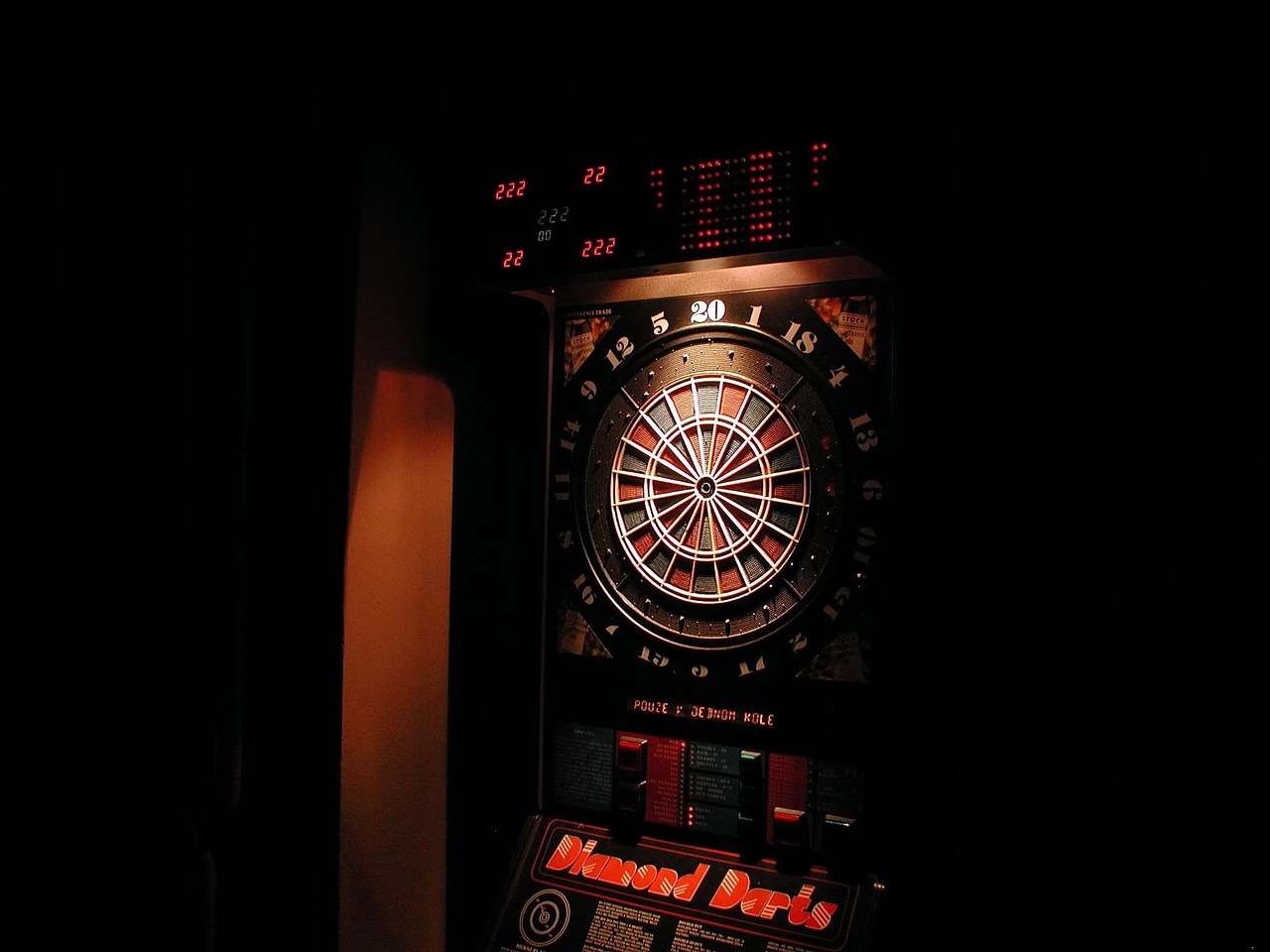
There are various methods for calculating a darts match handicap. Some methods are more complex than others, and finding one that works best for your specific group of players might involve trial and error. It’s important to ensure that it is agreed upon by all participants, promoting a sense of fairness. You might start with a simple system and gradually refine it as you get more data on the players involved, ensuring the game remains fun and balanced as skill levels change and develop. This way, players of all skill levels can enjoy participating in darts match handicaps.
Methods for Calculating Darts Match Handicaps
Points-Based Handicap System
One popular method is the points-based system. In this system, players are assigned a handicap based on their average score in past matches. The higher the average score, the smaller the handicap, while a lower average score will result in a larger handicap. For instance, a player with a higher average score might receive a smaller start score in a 501 game (e.g., 480), whereas a player with a lower average score might receive a larger start score (e.g., 501 or even more).
This system is relatively simple to implement and understand, making it a good choice for casual players. It accounts for differences in skill levels. However, it can become less accurate over time, as a player’s average score inevitably fluctuates due to various factors like form, match conditions, or even a bit of luck. So periodic recalibration might be necessary to ensure accuracy and fairness.
Leg-Based Handicap System
Another approach is the leg-based handicap system. Here, instead of assigning a numerical advantage, you might adjust the number of legs required to win the match. For instance, a stronger player might need to win three out of five legs, whereas a weaker player might only need two out of three to achieve victory. This system focuses on the overall match outcome, rather than the individual scores within each leg. This approach can add a strategic element to the game, especially in longer matches, but might not be as easily adjusted for quick games.
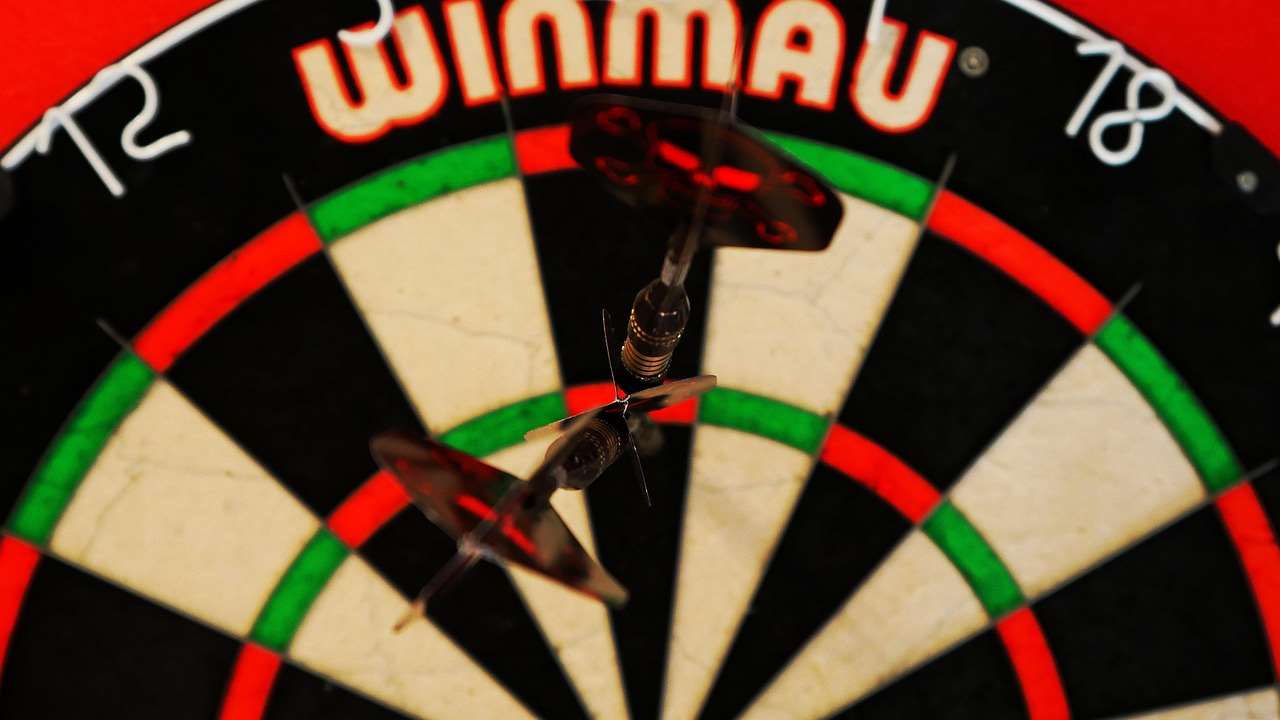
Percentage-Based Handicap
A more nuanced approach is a percentage-based handicap system. In this system, the stronger player’s score is adjusted by a certain percentage. For example, if Player A consistently outscores Player B by approximately 20%, Player A’s final score will be reduced by 20% in their match. This system is more mathematical and requires careful calculation but is quite fair, provided accurate data is used in determining the baseline score to adjust. The accuracy of this system depends heavily on the consistency of the players’ performances; hence, relying on sufficient historical data of matches is crucial.
Strategies for Playing with and Against Handicaps
Playing with a Handicap
If you’re playing with a handicap, don’t let it affect your confidence. Remember that the handicap is there to even the playing field, and you still have a chance to win. Focus on consistent scoring and maintain good form. Use this opportunity to practice and improve your game. Regularly reviewing your darts match score can help identify areas where you can refine your technique. Don’t let the additional points become a crutch; aim to play your best game, regardless of the handicap.
Utilize the extra points strategically. Instead of viewing the handicap points as a ‘free pass,’ consider your opponent’s scoring strategy. Are they aggressive or defensive? This consideration might dictate how you utilize your handicap points. By using these strategies, you can enhance your chances to win even with a handicap. Practicing your darts point length consistency is another great way to improve your scores.
Playing Against a Handicap
When playing against a player with a handicap, focus on playing your best game. Maintain your consistency and don’t let the handicap demoralize you. Remember that even with a handicap, you can still win by consistently scoring higher. Concentrate on hitting your target scores rather than worrying about your opponent’s start score. This mental approach will keep you focused and improve the overall match quality. It is equally important to observe your opponent’s strategies so you can anticipate potential changes in pace or approach.
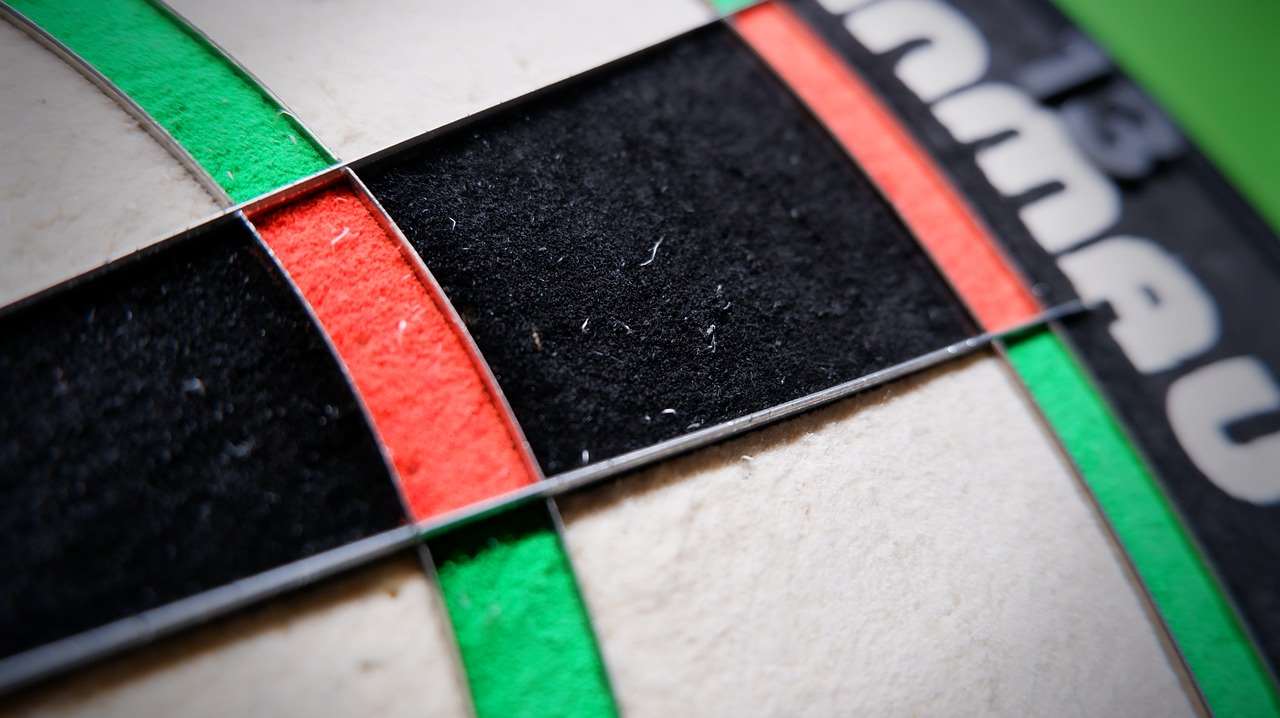
Analyze your opponent’s game. How does the handicap affect their gameplay? Do they play more aggressively or conservatively? Understanding their approach will help you adjust your strategy and potentially exploit any weaknesses. Observe your own game too. Reviewing your darts match nerves and identifying how to handle them will drastically improve your game play regardless of your handicap.
Choosing the Right Handicap System
The best darts match handicap system depends on your group of players and your preferred style of play. Consider factors such as the skill disparity between players, the length of matches, and the desired level of complexity. A simple points-based system might suffice for casual play, whereas a more sophisticated percentage-based system might be better suited for competitive leagues. You may even want to experiment with several systems and see what your group prefers. A trial period for different handicap approaches can help you choose one that delivers both fairness and enjoyment.
Remember that the primary goal of a handicap is to make the game more enjoyable and competitive for everyone. Regularly review and adjust the handicap system as players improve or as the dynamic of your games shifts. Flexibility is key in maintaining a fair and fun playing experience for all. And don’t forget, it’s just a game, so remember to have fun! Using a Darts scorekeeper app can also improve the efficiency of your handicap calculation.
Beyond the Numbers: The Social Aspect of Darts Match Handicaps
While the mechanics of calculating a darts match handicap are important, it’s crucial to remember the social element of the game. A well-implemented handicap system shouldn’t just create a fairer game; it should also enhance camaraderie and encourage participation. Open communication and mutual agreement among players are vital to the success of any handicap system. Regularly discuss the fairness and effectiveness of your system, and be willing to adjust it based on feedback from the players.
A successful darts match handicap creates a more inclusive and welcoming environment. It allows players of all skill levels to enjoy the competitive spirit of darts without feeling overwhelmed or discouraged. This positive atmosphere fosters a sense of community and helps make darts a more enjoyable experience for everyone involved. Consider how using a darts mastercaller might improve your tournament’s professionalism. Many casual players would appreciate an upgrade from a standard darts scoreboard overlay.
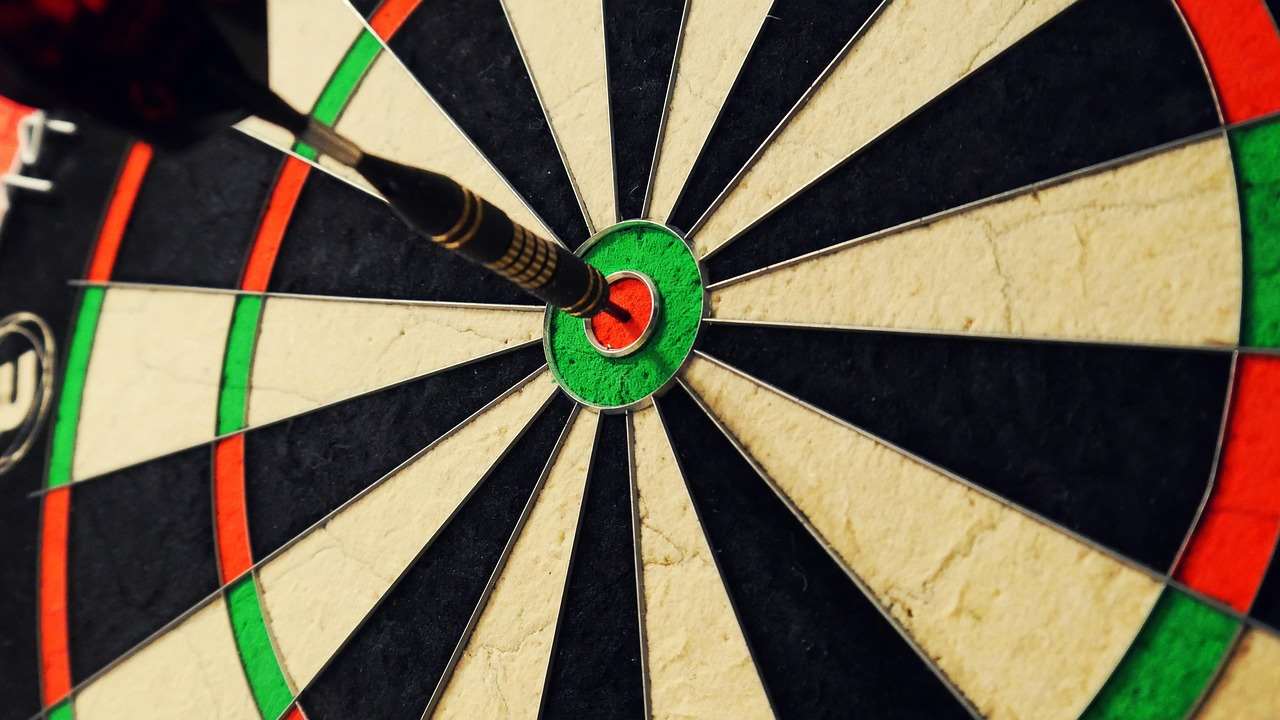
Advanced Handicap Strategies and Considerations
For more advanced players or leagues, consider incorporating more intricate handicap adjustments. For instance, you could factor in recent performance fluctuations, adjust handicaps based on specific game types (e.g., 501 vs. Cricket), or even introduce dynamic handicaps that change during the match based on performance. These advanced systems require more complex calculations but can provide a highly tailored and competitive experience. This level of detail might be overkill for casual players, but if you’re running a professional league, it could prove incredibly beneficial.
Remember to consider the psychological aspects of handicaps. A well-designed system should encourage players, not demoralize them. A player might feel more motivated knowing they have a reasonable chance of winning, even against a significantly stronger opponent, which can increase participation and overall satisfaction. It’s important that the handicaps are transparent and clearly understood, promoting fair play and maximizing the enjoyment of the sport. Consider how your handicap structure could improve upon a basic darts game console.
Troubleshooting Common Issues with Darts Match Handicaps
Sometimes, even the best-designed handicap systems can encounter issues. Players might feel the handicap is unfair, or the system might not accurately reflect skill levels. Open communication and regular review are crucial for addressing these problems. Be willing to adjust the system based on player feedback, and ensure that everyone understands how the handicap is calculated and applied. Transparency helps maintain fairness and prevents misunderstandings.
If a player consistently performs better or worse than the handicap suggests, consider recalibrating the system. This might involve collecting more data, refining the calculation method, or adjusting the weighting of different factors. Remember that consistent monitoring and adaptation are essential for long-term success with any handicap system.
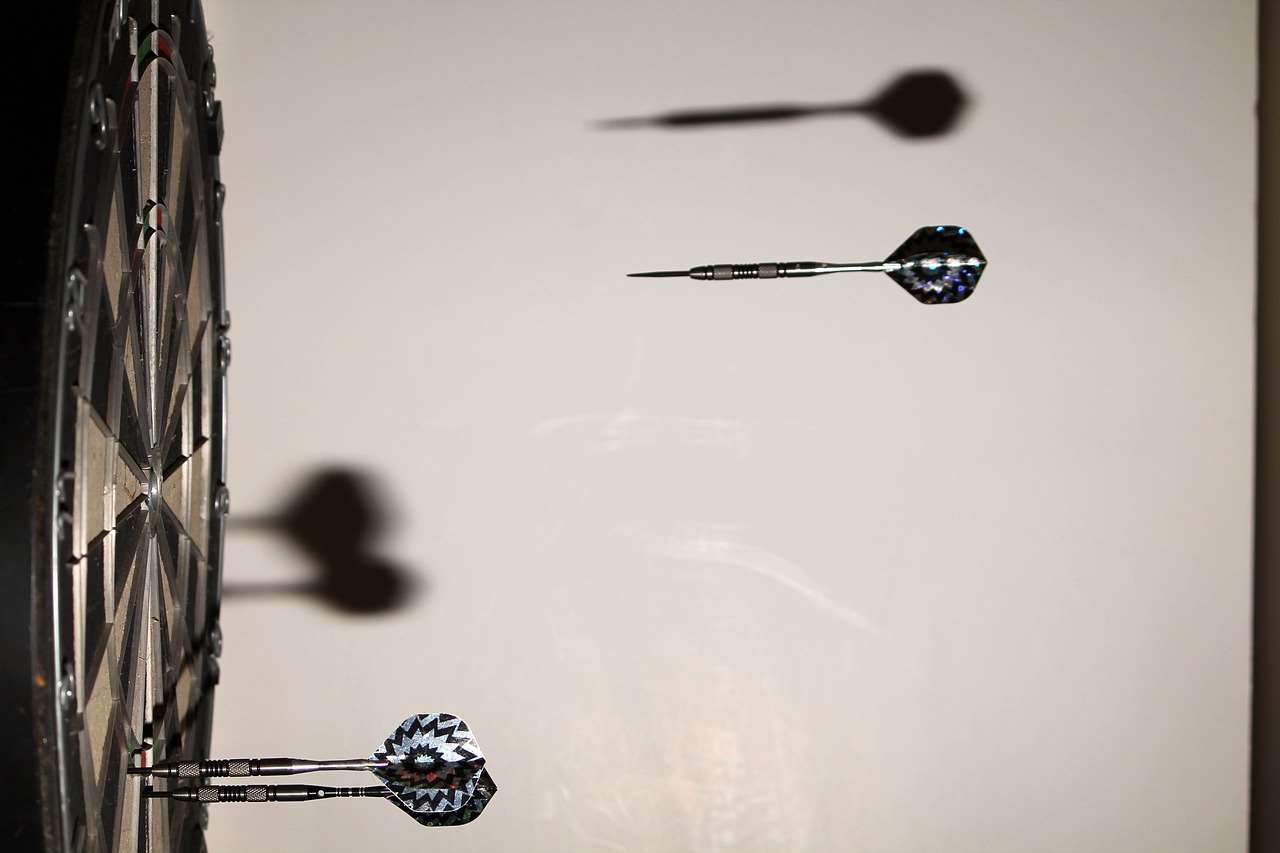
Conclusion
Implementing a darts match handicap system is a great way to level the playing field and make the game more enjoyable for players of all skill levels. By carefully considering the various methods and strategies discussed in this article, you can create a system that is both fair and effective. Remember that open communication, regular review, and a willingness to adapt are key to a successful and enjoyable handicap system. So, gather your darts, choose your system, and get ready for some fantastic, fair, and fun matches! Remember to check out our guide on why don’t darts players go for bullseye to improve your game further. Interested in the UK darts scene? Check out our section on UK darts! Looking for a unique dartboard? Visit our page on the unique dartboard options available today.
Start implementing a darts match handicap in your next game and experience the difference it makes! Consider using our suggested methods and don’t hesitate to refine your approach based on your players’ feedback. Let us know in the comments how you’re using handicaps to elevate your darts game! And don’t forget to check out our other resources on improving your dart bus schedule or learn more about darts match score tracking.
Hi, I’m Dieter, and I created Dartcounter (Dartcounterapp.com). My motivation wasn’t being a darts expert – quite the opposite! When I first started playing, I loved the game but found keeping accurate scores and tracking stats difficult and distracting.
I figured I couldn’t be the only one struggling with this. So, I decided to build a solution: an easy-to-use application that everyone, no matter their experience level, could use to manage scoring effortlessly.
My goal for Dartcounter was simple: let the app handle the numbers – the scoring, the averages, the stats, even checkout suggestions – so players could focus purely on their throw and enjoying the game. It began as a way to solve my own beginner’s problem, and I’m thrilled it has grown into a helpful tool for the wider darts community.